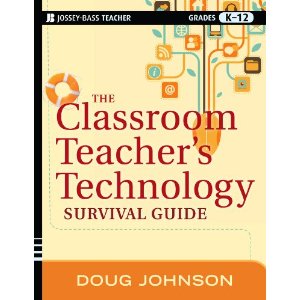The broader the audience, the greater the care
 Wednesday, May 16, 2018 at 07:24AM
Wednesday, May 16, 2018 at 07:24AM  Many years ago, I received a phone call late on a Saturday night. It was from an eight grade girl who had been creating a webpage on a WWII local veteran as part of an oral history unit for a class. She'd been looking at the page she and a partner had composed and discovered something terrible.
Many years ago, I received a phone call late on a Saturday night. It was from an eight grade girl who had been creating a webpage on a WWII local veteran as part of an oral history unit for a class. She'd been looking at the page she and a partner had composed and discovered something terrible.
Mr. Johnson! There is a spelling error on Dr. Heinmark's page. Can you help me correct it right away? If he sees it, I will be so embarrassed!
It was the first time in 30 years of teaching I actually heard dismay about spelling from a student. And the experience taught me the power of a audience to raise the level of concern about the quality of one's work.
While I know exceptions exist, I really don't think most kids care a lot about their teachers' opinions of their work except as related to a grade or satisfaction of a course requirement. Or maybe I should say, students care a lot more about what their peers and families think about their work. Or even the general public.
It's hard to remember a time before social media when sharing ideas in written, visual, or aural form was a real challenge. The WWII pages created in the early 2000s had to be uploaded by library and tech staff, not by students themselves. GoogleDocs, SeeSaw, Instagram and common "sharing" tools today did not exist so making student work public by publishing it online was a deliberate (and pioneering) effort.
Establishing an audience that is broader than the classroom teacher still requires effort - just different effort. Teachers need to:
- Analyze student privacy needs and share carefully.
- Link student work to caring audiences (parents, peer groups in other schools, etc).
- Consider the challenges and possibilites of cross-cultural sharing.
Writers write to be read. Writers understand that to be understood, their writing must be clear and compelling and as free of errors as possible.
A responsive audience helps raise student concern and care about the quality of their communications.









Reader Comments